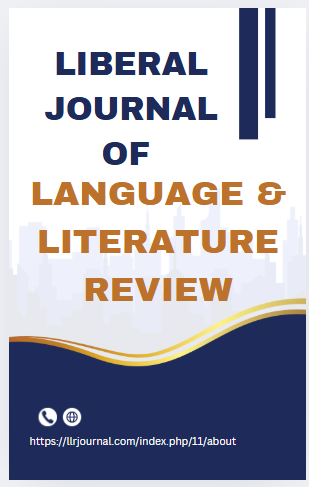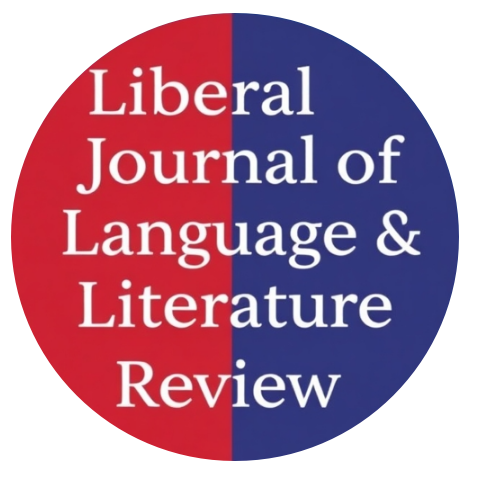A Study of Graphic Design Teaching Pedagogy, Industrialization, and Applied Research with Global Context and Its Comparative Analysis with Pakistan
Keywords:
Graphic Design Education, Design Pedagogy, Liberal Arts, Visual Culture, Design Thinking, Design Curriculum, Art and Design Research, Visual Communication, Design History, Creative Practice, Pakistani Art EducationAbstract
This research explores the evolving relationship between graphic design education, reflective practice, and liberal arts learning within the context of contemporary higher education. Drawing on historical, theoretical, and pedagogical frameworks, the study investigates how design education has transformed from a vocational craft to an intellectual and research-based discipline. Scholars such as Swanson (1994), Meggs and Purvis (2016), and Cross (2007) provide a foundation for understanding the intellectualization of design, while contemporary theorists like Davis (2017) and Heller (2015) emphasize the pedagogical challenges of integrating creative practice with academic rigor.
Through the lens of reflective and experiential learning theories (Schön 1987; Moon 2013; Kember 2008), this paper examines how design students and educators construct knowledge through studio practice, critical inquiry, and collaboration. It also addresses the growing need for interdisciplinary approaches that merge aesthetics, technology, and cultural understanding. In the South Asian context, particularly Pakistan, emerging scholarship (Auji 2013; Khan 2014; Hussain et al. 2022) highlights the negotiation between global design paradigms and local visual cultures.
Ultimately, this research argues that graphic design education must be positioned as both a creative and intellectual endeavor, one that fosters reflective practitioners capable of critical thought, cultural awareness, and adaptive design thinking in an ever-changing global environment. By bridging theory and practice, the study underscores the significance of reflective pedagogy as a catalyst for cultivating innovation and responsible design citizenship in the 21st century.




